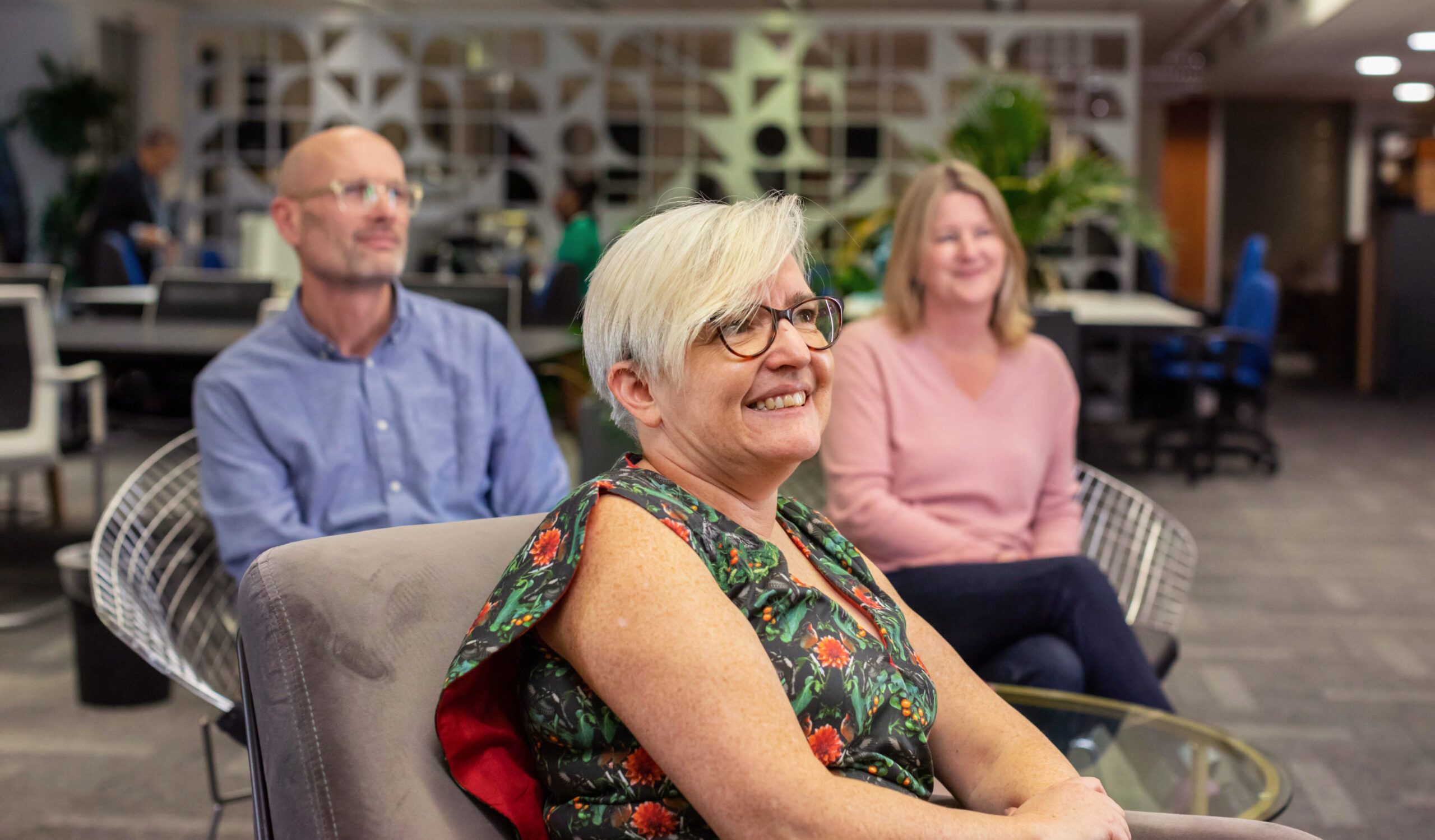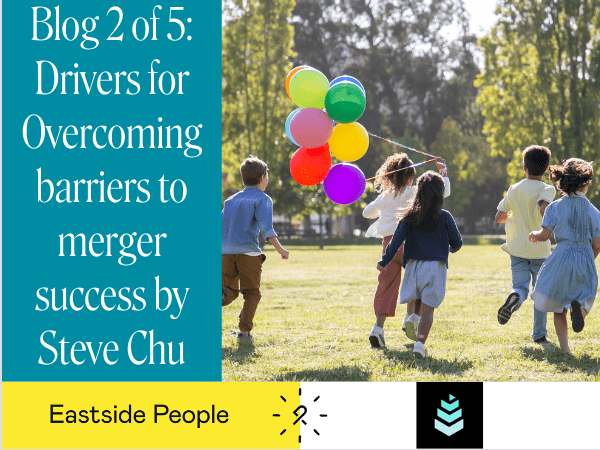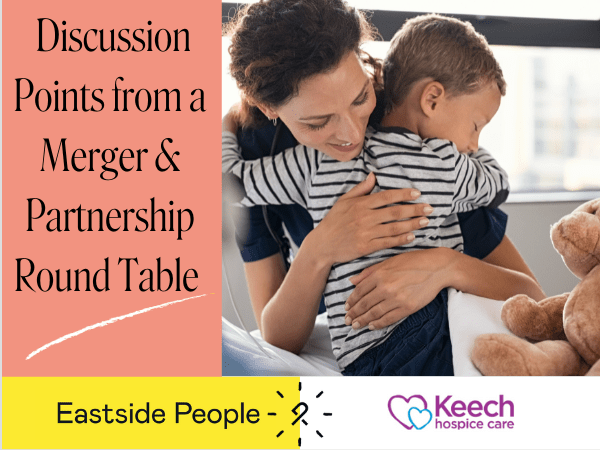Steve Chu Merger Blog
Steve Chu’s recent Masters dissertation explored the barriers to successful mergers within federated charity networks. It found a lack of previous research into charity mergers, and almost no recent research into federated charities such as Age UK, Mind, RSPCA and Citizens Advice.
This series of five blogs aims to distil his key dissertation findings into short, readable snapshots which are aimed to be of use to all charity leaders. The dissertation formed part of Steve’s MSc in Charity Accounting and Financial Management, from Bayes Business School.
Join a discussion about mergers within federated charities with representatives from other charities:
The 5 blogs will cover:
- Drivers for merger, desired outcomes (see below)
- Overcoming barriers to merger success
- Mergers and the unique characteristics of federated charity networks
- Recommendations for all charity mergers
- Wider recommendations for federated charity networks.
Blog 1 of 5: Drivers for charity merger & desired outcomes
There are a wide variety of reasons why charities begin to consider mergers – but often no individual factor that is more important than another. Instead, charities report that a number of issues come together at once, and all add up to a view that the time is right to consider a merger.
There were four main groups of merger drivers, and hoped-for outcomes, identified by charity leaders:
Finance-related charity merger drivers
Whilst there are several different drivers for mergers, financial issues are almost always one of them. These range from short-term financial viability issues or concerns over medium-term sustainability, to a wider desire to achieve cost savings, or a more positive aspiration to protect or improve joint income generation ability.
Strategic development and growth drivers for charity mergers
Whilst charity mergers have a largely negative reputation for being a last resort, the federated charities which participated in my study saw their mergers as being about being able to serve more beneficiaries or responding to unexpected growth opportunities. In federated networks, this is even more important to address issues of differential service delivery or service quality across borders.
Improving the charity’s internal capacity
Charities also wanted to improve their beneficiary impact by improving leadership, management capacity, and the quality of their back-office services. Smaller charities, in particular, report they cannot afford the amount, and quality, of back-office infrastructure they want and need. Federated charity leaders saw their set-up as inefficient, with back-office roles, processes and policies duplicated several times over, and a struggle to recruit sufficient number of high-quality trustees.
The external environment
Perceived negative stakeholder views were also cited as a driver for federated charity mergers, with commissioners unable to understand the set-up of multiple charities under the same brand operating within a single Local Authority or NHS footprint, or grant funders growing weary of funding multiple organisations from the same network. By merging, local charities reported they could have more influence and could position themselves for the emerging NHS or Mayoral footprints.
Is one or more of these factors affecting your charity, or leading you to consider whether a merger could improve your beneficiary impact? In Steve’s next blog, I’ll be exploring the barriers to charity mergers and how they can be overcome.
About the author:
Steve Chu, an experienced charity leader and non-executive director was previously Chief Executive at Age UK Sheffield. He is now an Eastside People consultant and freelance charity consultant.
For more information, or to receive a full copy of the dissertation, please visit www.stevechu.co.uk.


























